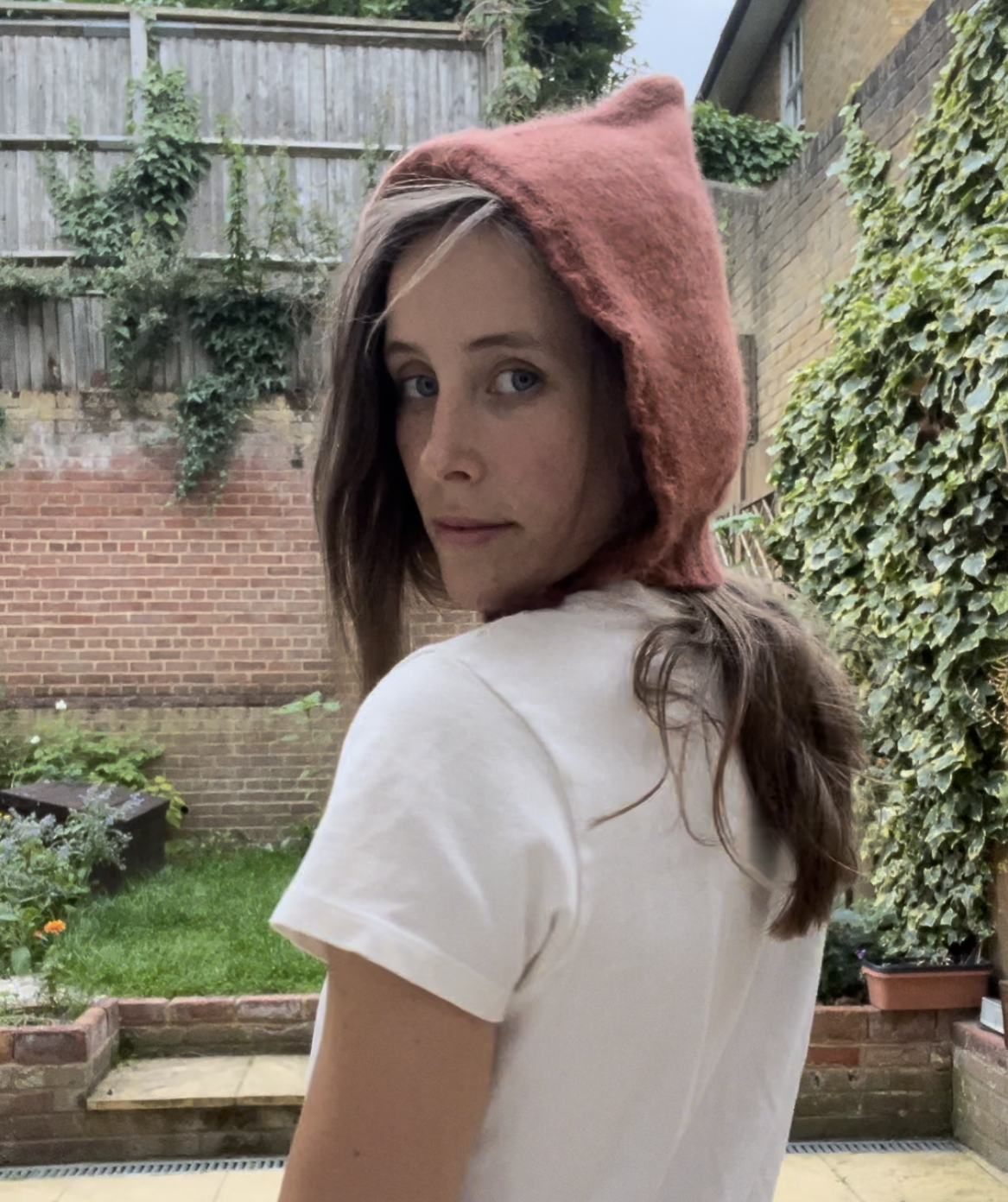April 12, 2025
Newsletter - Follow Your Own Path
The sun graced us again this week. For some reason, I went on a rabbit-hole-tangent that led me to recreate our calendar. Hold the eye rolls while I explain…
The exact history is not super clear to me, but our Gregorian “solar” calendar was made by a Pope Gregory in 1852, which was a slight modification on the Julian calendar created in 45 BC by Julius Caeser, who played around with the calendar for both political and scientific reasons. January 1st was already the New Year date back then. I’ve heard one reason for this date was to make taxation easier. In any case, there have been many different New Year dates over the years and cultures; mostly revolving around solstices.
Nowadays, I’m following the seasons more closely to keep track of the status of my trees, fruits and vegetables. I like the idea of starting the New Year as spring is starting; it feels more natural. I also like the idea of demarcating months with the moon. The word month actually comes from the moon, and before our solar calendar, we had “lunisolar” calendars, which took into account both the moon and sun cycles. I think the moon has a strong effect on the climate and nature. Anyway, I decided to create a new calendar, empirically. Say what you will about how I use my time…
I charted the daylight hours in a year, the growth rate of those daylight hours (first derivative), and the moon cycles. In the summer and winter solstice, the daylight is at a max/min, while the growth rate is 0. During the early spring and autumn (not quite spring and autumn solstice), the growth rate is at its peak i.e. daylight hours are changing fast. I started building up a picture of the year and using some growth rate anchors, I set the start of the year (this year) to 28th Feb, which is the first new moon after the peak growth rate.
Fast forward the analysis, to my results… I’ve created the new months, and given them names that are descriptive to the state of nature at that time. I’ve linked my calendar if you’re interested in seeing it. My main goal is to use this to feel more connected to what’s happening in nature, with the plants, sun and moon, in order to better observe and understand how it all plays together.
https://drive.google.com/file/d/14kBE04q6XXcsfCH5XSZFeFH716qwuKrs/view?usp=sharing

That’s all I’ll say for now. Welcome to the month of Florilis (the second month). Time to get out and enjoy the blossoms. It's also a full moon this weekend, so let the creativities flow.
Anyway, aside from this unexpected detour… I washed and dried the merino sheep fleece ordered. It’s so soft, it’s going to make a lovely top or jumper or something. I’ve spun a 20g bobbin so far, which took about 2 hours… I’m spinning it quite fine (thin). Since it is just a lovely yarn, I should make a fine yarn. I will do my standard 3 ply, so two more 20g bobbins to go before I can ply my first 60g ball.


I’ve started my leftover beige yarn knitting project. After a false start and undoing two days of work, I’m off and it’s looking good. The pattern started with some lace knitting at the bottom, but most of the rest is plain stockinette stitch, which is a lovely change from my recent cabled jumpers.

As for the field… I made one trip this week, picking up three water butt barrels off facebook marketplace, and attempting to set up on rainwater catchment system. I failed this week… I didn’t have tall enough stakes. The plastic tarp needs to be high enough in the air so that the water can trickle into the top of water butt, which itself has to stand on a pedestal so you can fit a bucket underneath. The stakes need to reach probably 3+ metres high, and I was attempting it was branches of about 1.5m. No chance. Regrouping next week with long enough stakes to do it properly. I’d also like it to not be a horrible aesthetic either, which might be tricky given it’s a massive plastic bucket and a large plastic tarp. Let’s see.

My failed attempt
Total Likes: 0
Comments
No comments yet.

Charlotte Leysen
Hi there I'm Charlotte from London and I am a Millennial hobbiest. By that I mean I love making things, for both the process and the outcomes. On this blog I talk about all the things I'm working on and learning each week. On some projects I will go into a bit more detail on what I did and my experience through it.
Some facts about me:
- I am not a perfectionist, preferring to complete something than to attempt to make something flawless.
- I am in a constant cycle of building up inspiration, executing the ideas, then winding down to reflect and regenerate.
- I am interested in almost anything that can be made from scratch using nature / natural materials.

